Growing Focus on Patient Safety
Patient safety is becoming an increasingly prominent concern within the Blood Management Software Market. As healthcare providers prioritize the well-being of patients, the demand for software solutions that enhance safety protocols is on the rise. Blood management software plays a crucial role in minimizing the risk of transfusion-related complications by ensuring accurate matching of blood types and tracking the history of blood products. The implementation of robust software systems can lead to a reduction in adverse events, thereby fostering greater trust among patients and healthcare providers alike. Additionally, as the healthcare landscape evolves, organizations are likely to invest in technologies that bolster patient safety measures. This growing focus on patient safety is expected to drive innovation and investment within the Blood Management Software Market, ultimately leading to improved healthcare outcomes.
Emphasis on Regulatory Compliance
Regulatory compliance remains a critical driver in the Blood Management Software Market. Healthcare organizations are mandated to adhere to stringent regulations concerning blood safety and traceability. Compliance with standards set by health authorities ensures that blood products are handled, stored, and distributed according to established protocols. This necessity for compliance drives the demand for sophisticated blood management software solutions that can automate reporting and documentation processes. As organizations strive to meet these regulatory requirements, the market for blood management software is likely to expand. Moreover, the increasing scrutiny from regulatory bodies may compel organizations to invest in advanced software solutions that not only ensure compliance but also enhance overall operational efficiency. Consequently, the emphasis on regulatory compliance is a significant factor influencing the growth trajectory of the Blood Management Software Market.
Integration of Advanced Technologies
The Blood Management Software Market is experiencing a notable shift towards the integration of advanced technologies such as artificial intelligence and machine learning. These technologies enhance data analytics capabilities, enabling healthcare providers to make informed decisions regarding blood inventory management and patient safety. The incorporation of predictive analytics allows for better forecasting of blood demand, which is crucial in optimizing blood supply chains. As a result, organizations are likely to see improved operational efficiency and reduced wastage. Furthermore, the adoption of mobile applications and real-time tracking systems is becoming increasingly prevalent, facilitating seamless communication among blood banks, hospitals, and donors. This technological evolution appears to be a driving force in the Blood Management Software Market, potentially leading to enhanced patient outcomes and streamlined processes.
Rising Demand for Cloud-Based Solutions
The Blood Management Software Market is witnessing a surge in demand for cloud-based solutions. These solutions offer numerous advantages, including scalability, cost-effectiveness, and enhanced accessibility. By leveraging cloud technology, healthcare organizations can store and manage vast amounts of data without the need for extensive on-premises infrastructure. This shift towards cloud-based systems allows for real-time data sharing among various stakeholders, including hospitals, blood banks, and regulatory agencies. As organizations increasingly recognize the benefits of cloud solutions, the market is likely to see a significant uptick in adoption rates. Furthermore, the ability to access data remotely can facilitate better decision-making and improve response times in critical situations. Thus, the rising demand for cloud-based solutions is poised to play a pivotal role in shaping the future of the Blood Management Software Market.
Increasing Investment in Healthcare Infrastructure
The Blood Management Software Market is benefiting from increasing investments in healthcare infrastructure. Governments and private entities are recognizing the need for modernized healthcare systems that can efficiently manage blood resources. This investment trend is likely to result in the establishment of new blood banks and the upgrading of existing facilities, which in turn drives the demand for advanced blood management software solutions. Enhanced infrastructure allows for better data collection and management, facilitating improved inventory control and patient care. Furthermore, as healthcare systems expand, the need for integrated software solutions that can streamline operations becomes more pronounced. Consequently, the increasing investment in healthcare infrastructure is a key driver that is expected to propel the growth of the Blood Management Software Market.


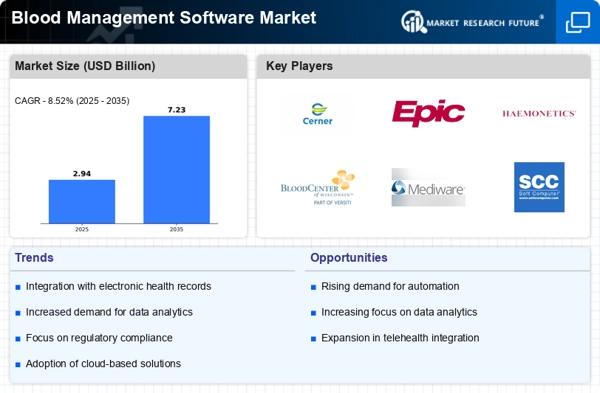

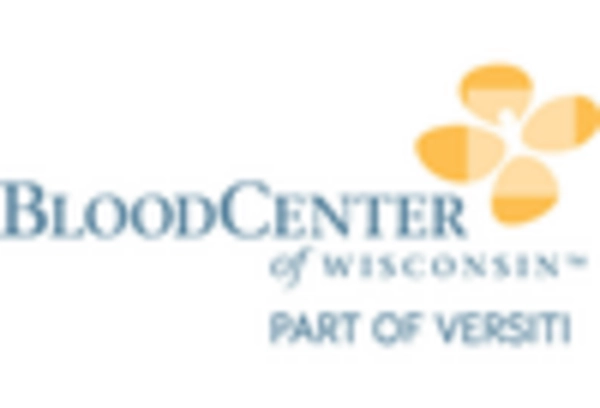

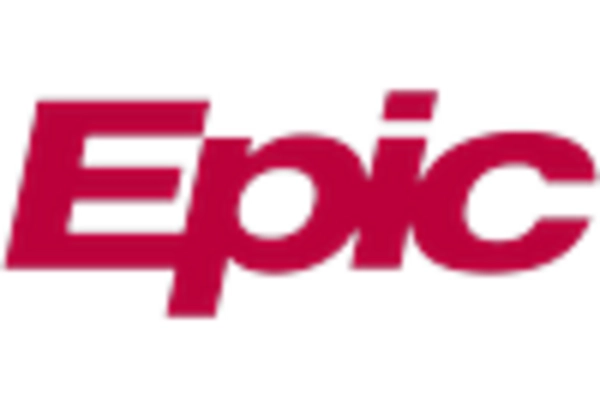
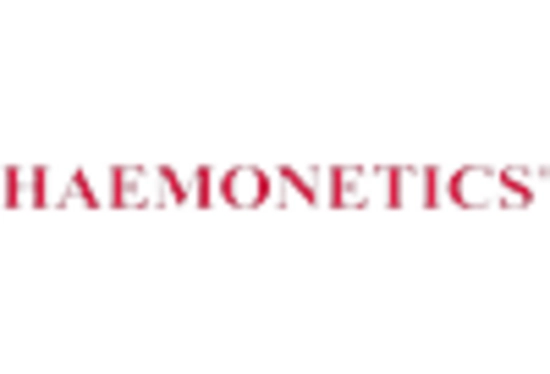
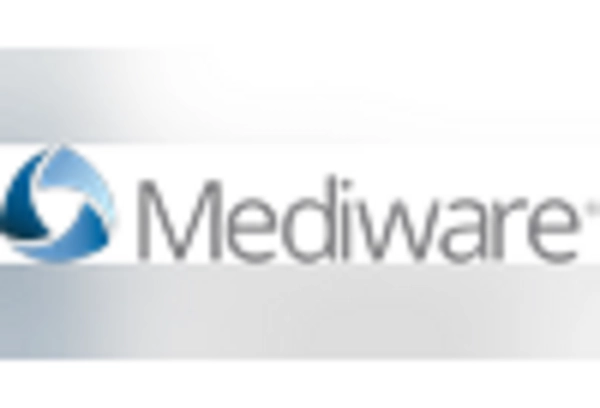
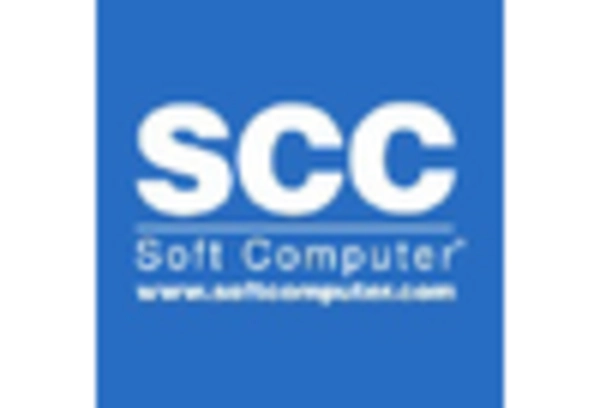








Leave a Comment